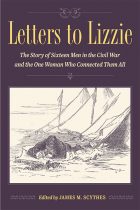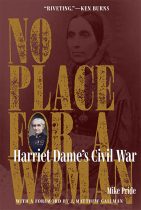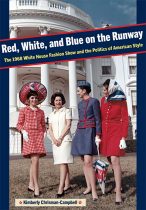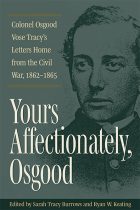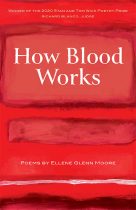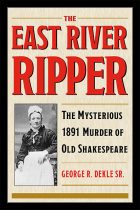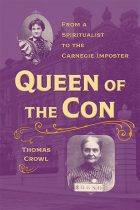Black Hair in a White World
Tameka N. Ellington | Filed under: African American Studies, Costume Society of America, Fashion History, Recent Releases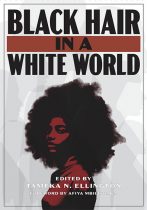
Black Hair in a White World is a groundbreaking, serious study of the cultural history, perceptions, and increasing acceptance of Black hair in broader American society. Editor Tameka N. Ellington brings together a varied group of scholars who together make an important contribution to ongoing discussions about race, gender, sociology, and self-expression.

